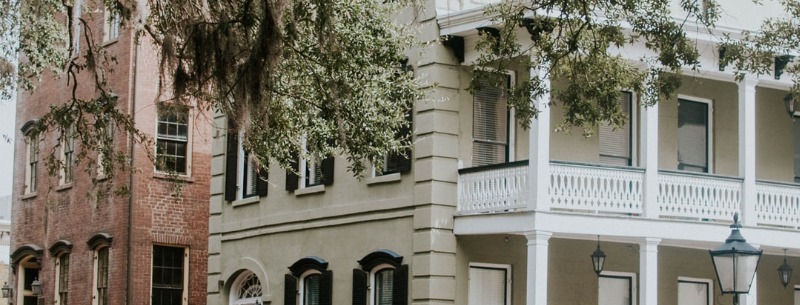As Mark Twain put it in 1882, “In the South, the [Civil] war is what AD is elsewhere; they date everything from it.” Five generations later, the legacies of slavery and “The War Between the States” are still evident throughout the southern heartland states of NORTH CAROLINA, SOUTH CAROLINA, GEORGIA, KENTUCKY, TENNESSEE, ALABAMA, MISSISSIPPI, and ARKANSAS. The war is the focal point for countless museums and shrines, and the Confederate “Stars and Bars” flag remains conspicuous in many places.
The area, however, is not entirely stuck in its ways. How far the “New South” differs from the old is still a matter of debate. Nonetheless, the last few decades have unquestionably seen the influx of high-tech industries, the emergence of liberal white political leaders such as Jimmy Carter and Bill Clinton, and the growth of such dynamic urban centers as Atlanta, the birthplace of Dr. Martin Luther King Jr and venue for the 1996 Olympics. It took suffering and bloodshed to affect the changes in the 1950s and 1960s. Relations between black and white have improved, in the cities at least, though the countryside reveals levels of shocking iniquity and poverty where racial tension lies uneasily close to the surface.
The South has never been one uniform, homogenous unit. Even during the Civil War, there were substantial pockets of pro-Union support, particularly in the mountains. Today the culture and makeup of the overwhelmingly black stretches in the cotton belt are markedly different from the white hill farms in Kentucky and Tennessee. Likewise, the Sun Belt industries of North Carolina and northern Alabama are far removed from the rural backwaters of southern Georgia.
The most exciting aspect of Southern heritage is undoubtedly its music. Hundreds of thousands of fans make pilgrimages each year to the country and blues meccas of Nashville and Memphis, the homelands of Elvis Presley, Hank Williams, Robert Johnson, Dolly Parton, and Otis Redding. As well, a substantial number of visitors seek out the backwoods barn dances in Appalachia or the blues jook joints of the Mississippi Delta and South Carolina. The Southern experience is also reflected in a rich regional literature, its communities and people well documented by the likes of William Faulkner, Carson McCullers, Flannery O’Connor, Alice Walker, Eudora Welty, and the one-book-wonders Margaret Mitchell and Harper Lee.
Other major destinations for travelers include the elegant coastal cities of Charleston and Savannah, frenzied beach resorts such as Myrtle Beach, college towns like Athens and Chapel Hill, and the historic Mississippi River ports of Natchez and Vicksburg. Away from the urban areas, much Southern scenery consists of undulating, sun-scorched hillsides dotted with wooden shacks and rust-red barns, broken by occasional forests. Highlights include the misty Appalachian mountains of Kentucky, Tennessee, and North Carolina, the subtropical beaches and tranquil barrier islands along the Atlantic and Gulf coasts, and the river road through the tiny settlements of the flat Mississippi Delta.
During July and August, the daily high temperature is mostly a very humid 90°F. Virtually every motel, bar, restaurant, and museum is air-conditioned, but you might want to schedule your visit a little to either side of these months. On the coasts, where the beaches offer a less expensive alternative to neighboring Florida, the main season is from June to August, and outside these dates, many attractions are closed. The fall colors in the mountains (just as beautiful and a lot less expensive and congested than New England) are at their heaviest during October.
Public transportation in rural areas is poor. In any case, it’s best to take things at your own pace – you’ll find things to see and do in the most unlikely places – so renting a car is a good idea. Accommodation in the South is generally a good value. The region’s varied cuisine, much of it dished out at simple roadside shacks, ranges from the ubiquitous grits (maize porridge) to highly calorific, irresistible soul food – fried chicken, wood-smoked barbecue, and the like, along with turnip greens, spinach, macaroni and all manner of tasty vegetables. Fish is also good, from catfish (which has a sort of mild trout flavor) to the wonderful Low Country Boils, seafood stews served with rice, traditionally prepared on the sea islands. Look, too, for the distinctively Southern Krispy Kreme doughnut outlets, especially in the Carolinas and Georgia. The doughnuts are great, but it’s the decor that steals the show – turquoise Formica, shiny chrome counter stools, and fabulous 1950s signs.
